If successful investment in venture capital relies on accessing top-tier managers, Prabhu Palani, CIO of the $9 billion City of San Jose Retirement System, has got an advantage over others. The pension fund sits in the heart of Silicon Valley’s venture ecosystem, uniquely placed to meet companies, entrepreneurs and fund managers, attend AGMs and glean the latest developments in AI. Not surprisingly, the pension fund also boasts tech and venture expertise on its board.
In another advantage, many VC funds actively want the pension fund in their investor cohort in a rationale that Palani also pushes hard. San Jose’s firefighters and policeman have helped contribute to the community that has allowed Silicon Valley’s technology sector to flourish and become home to some of the biggest companies in the world, and they deserve a slice of the profit too.
“Our beneficiaries have helped create the infrastructure that supports this ecosystem, so they should also benefit from the tremendous wealth in the area. Who better to invest in venture than San Jose Retirement System in the capital of Silicon Valley. We are ground zero when it comes to venture,” says Palani.
For all that, San Jose’s venture portfolio is relatively new. When Palani joined in 2018, the portfolio included buyouts and private debt but there was no exposure to venture. The fund now targets a 4 per cent allocation with long-term partners (rather than GPs “chasing flavour of the month” opportunities) diversified across vintage, stage, and industry, with a tilt toward early-stage investments where valuations have not increased exponentially.
San Jose hasn’t seen any distributions so it’s too early to see how much proximity pays. Moreover, because Palani believes venture valuations are still high, less than half the target allocation has been put to work. He is also wary of the growing trend in multi-billion dollar fund sizes because it is easier for smaller funds to produce the outsized returns of 10-15 per cent. “You are in venture because you are shooting for the stars,” he says.
But because many funds are now coming back into the market to raise more money for the first time since 2021, he believes investors are poised to see true valuations for the first time, increasing opportunities. “This needs to happen in venture,” he says.
It’s an approach that speaks to the wider interaction between the pension fund’s growth and low beta buckets that define strategy. When assets are expensive, Palani drains the growth bucket and switches more into low beta strategies, and when assets are cheap, the team takes from low beta.
Given the growth bucket has done well and US assets, where San Jose is overweight, are at an all-time high, he is eyeing low beta options. For example, ten-year bond yields have picked up, representing an opportunity to increase the allocation to fixed income. The team are currently exploring manager offerings including looking at where to position and if the fund will be paid for longer duration investments, ahead of a new asset allocation study next year.
Elsewhere, he says the gap between developed market international and emerging market equities compared to US equities offers a potential hedge. San Jose invests in US equities passively on a low-cost basis but takes active risk in US small cap, international developed markets and emerging markets where he argues it’s possible to add value over the benchmark and inefficiencies mean high conviction managers can outperform.
Still, the portfolio remains risk-on, partly because Palani believes another wave of growth could lie around the corner. In a recent post on deregulation (written before Trump’s electoral victory) he argued that the conservative majority in the Supreme Court promises to fan deregulation that will boost stocks like airlines, banking and financial services, energy, transportation, and telecommunications. Businesses that support environmental protections such as alternative sources of energy and climate change may suffer.
“As the pendulum of regulation swings to the side of absence, we can expect a gradual unfolding of the gilded era of The Great Gatsby. Ceteris paribus, pools of capital that remain long equity beta and have the luxury of a very long horizon can ride this wave of economic prosperity.”
He acknowledges that the large exposure to growth factors means if growth does poorly, it will impact the portfolio: in standard deviation terms, the fund targets between 12-13 per cent volatility. But he is also confident that San Jose has the right risk levels and is in a better position than at any other time in the past.
“Whatever happens we have a playbook; we have the governance and confidence of the board and the ability to move quickly with our stella team. Other than that, we don’t have any control.”
Roots of a turnaround
Much of his confidence in that playbook is rooted in the fund’s dramatic turnaround. In 2020, around 35 per cent of the portfolio was in low beta because growth assets were expensive. The outsized allocation comprising short-term fixed income and market-neutral hedged strategies left San Jose falling further behind peers, languishing in the bottom 1 per cent of peer public pension plans based on 1-3-5 and 10-year numbers.
Meanwhile, 15-20 per cent of the general plan budget was being ploughed into funding the pension system every year.
The team had been looking for opportunities to increase risk ever since 2018 when Palani put new risk parameters in place to allow more investment in growth assets. Yet as assets grew steadily pricier, they did the reverse and put more capital in the low beta bucket.
“It was a tough decision. Low beta strategies in an environment that favours high beta are not going to do well but we weren’t ready to pull the trigger; it was the wrong time to increase risk,” he says.
As it was, Covid hit and the market dropped 35 per cent from peak to trough in one of the sharpest bear markets in history. San Jose leapt at the once-in-a-generation opportunity to start buying and snapped up growth assets at rock-bottom prices. “You buy things when they are cheap, but you don’t know the catalyst that will bring assets to their full valuation. Healthcare solutions and monetary behaviour are out of our control, and we didn’t expect the turnaround to happen that quickly.”
A key part of the decision-making process included a belief that challenges in the market were not structural like they were in 2008. The downturn had been driven by a healthcare event that would be solved by a vaccine; the world had come to a screeching halt, but it would restart with a solution. When the government threw trillions at the problem and the market took off, San Jose was the second-best performing public pension fund in the US.
Once again, the team had to resist the urge to do the obvious thing and pull back.
“We knew we’d had a good run but we felt that we had come to the right level of risk. So give or take a few tweaks the decision was made to keep the growth allocation high,” he concludes.
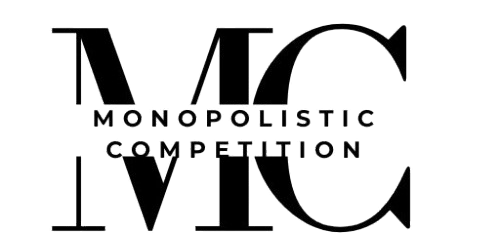
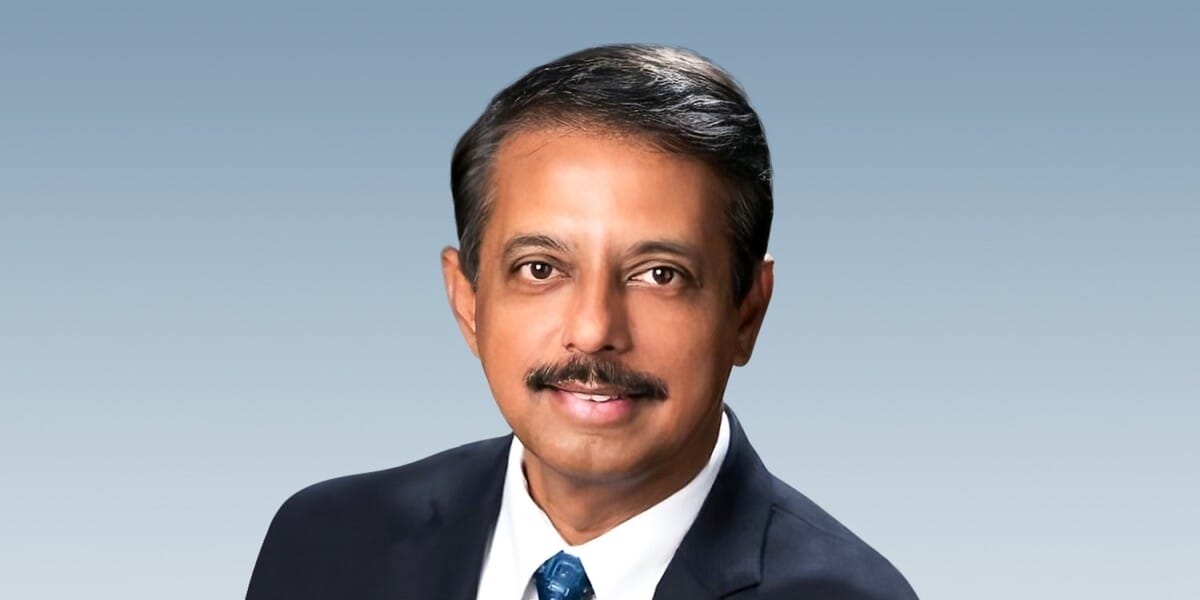
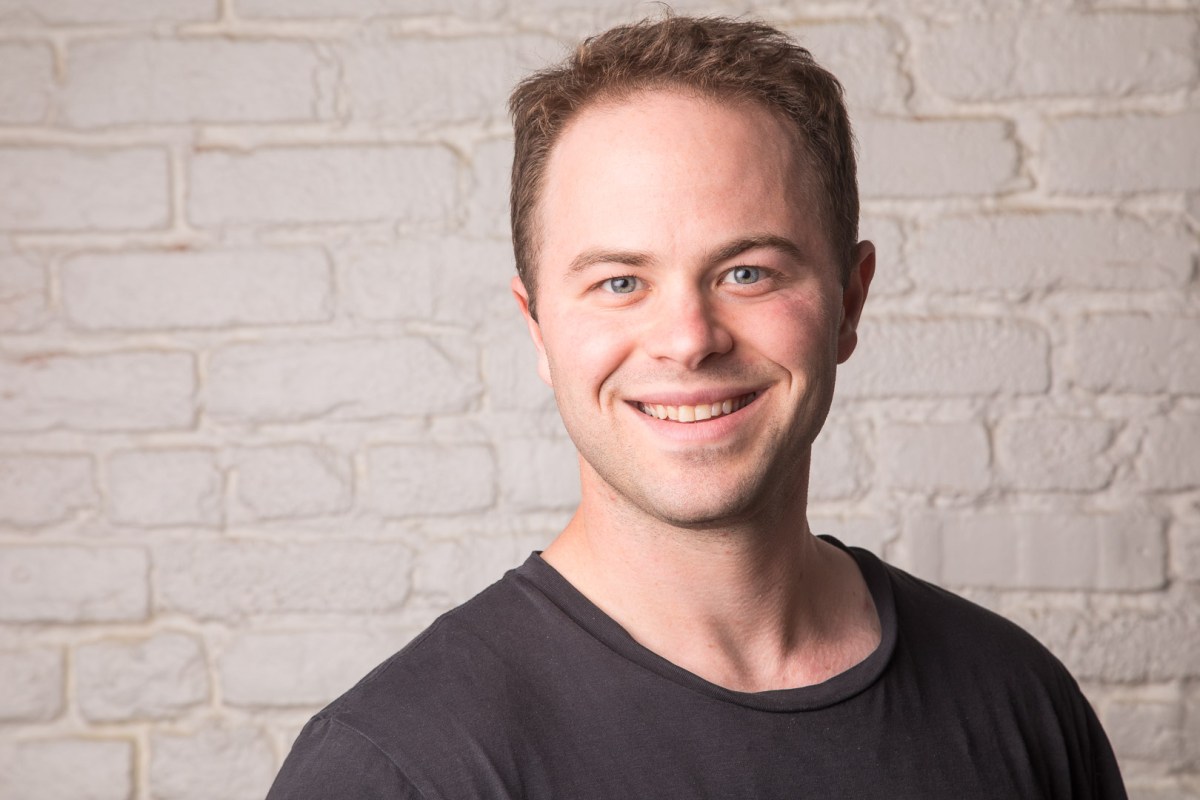





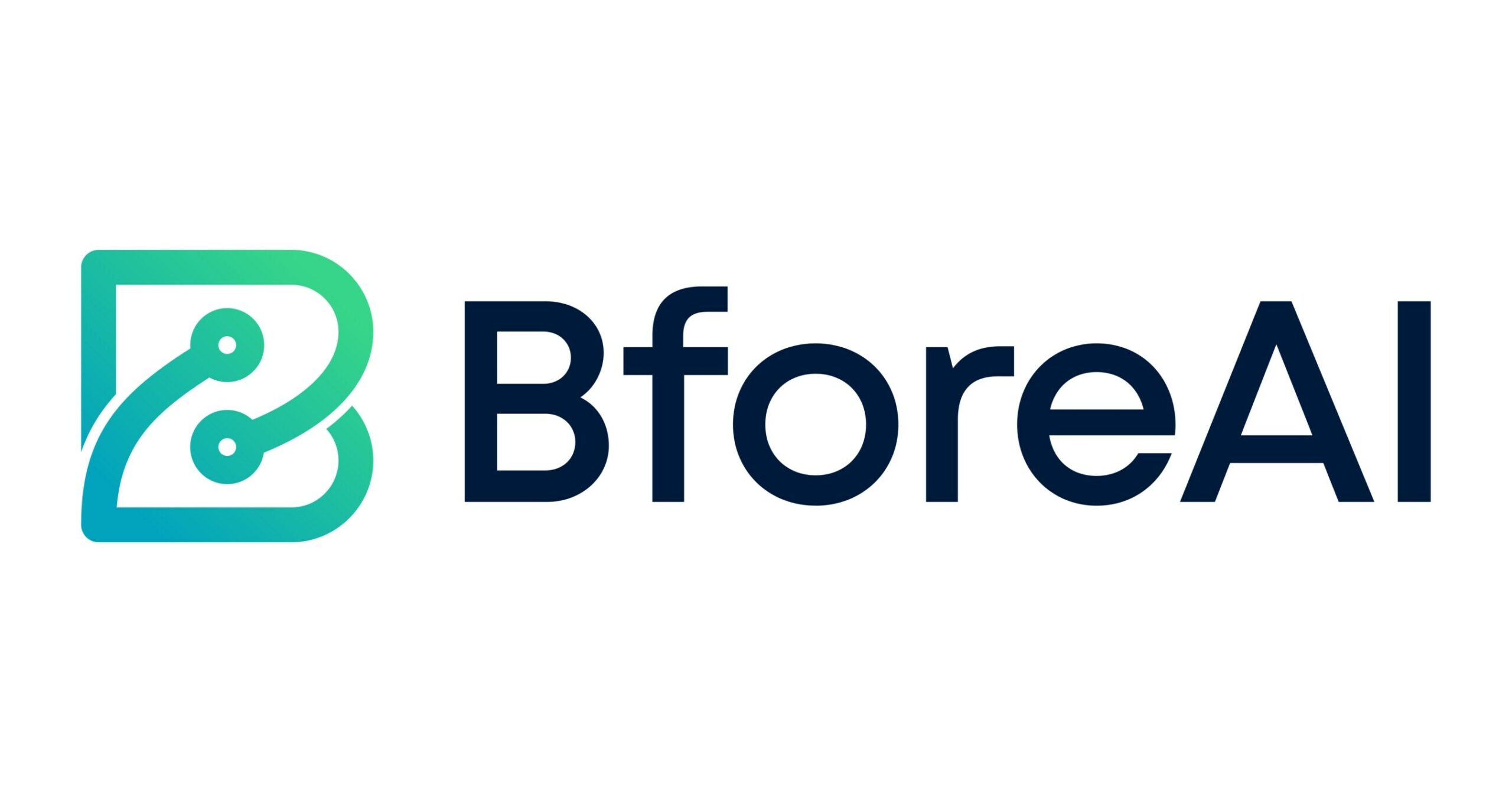


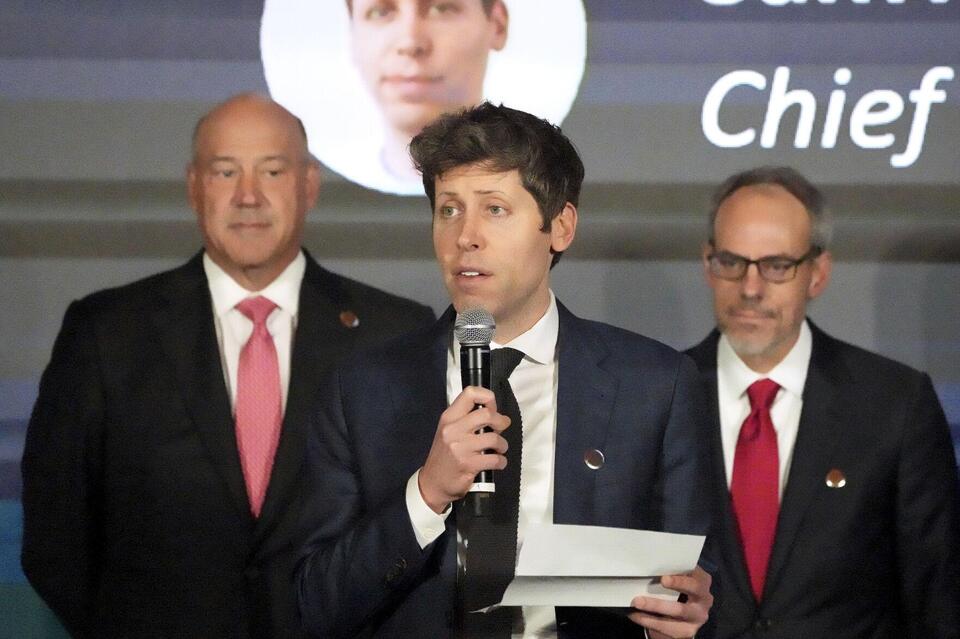
Leave a Reply